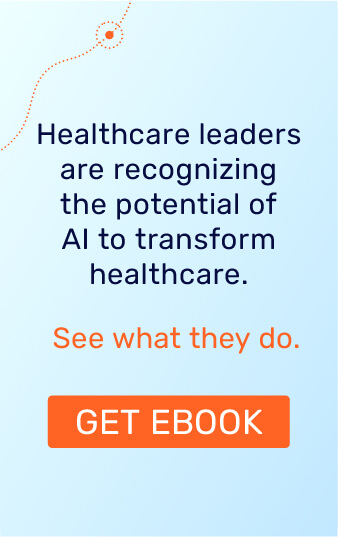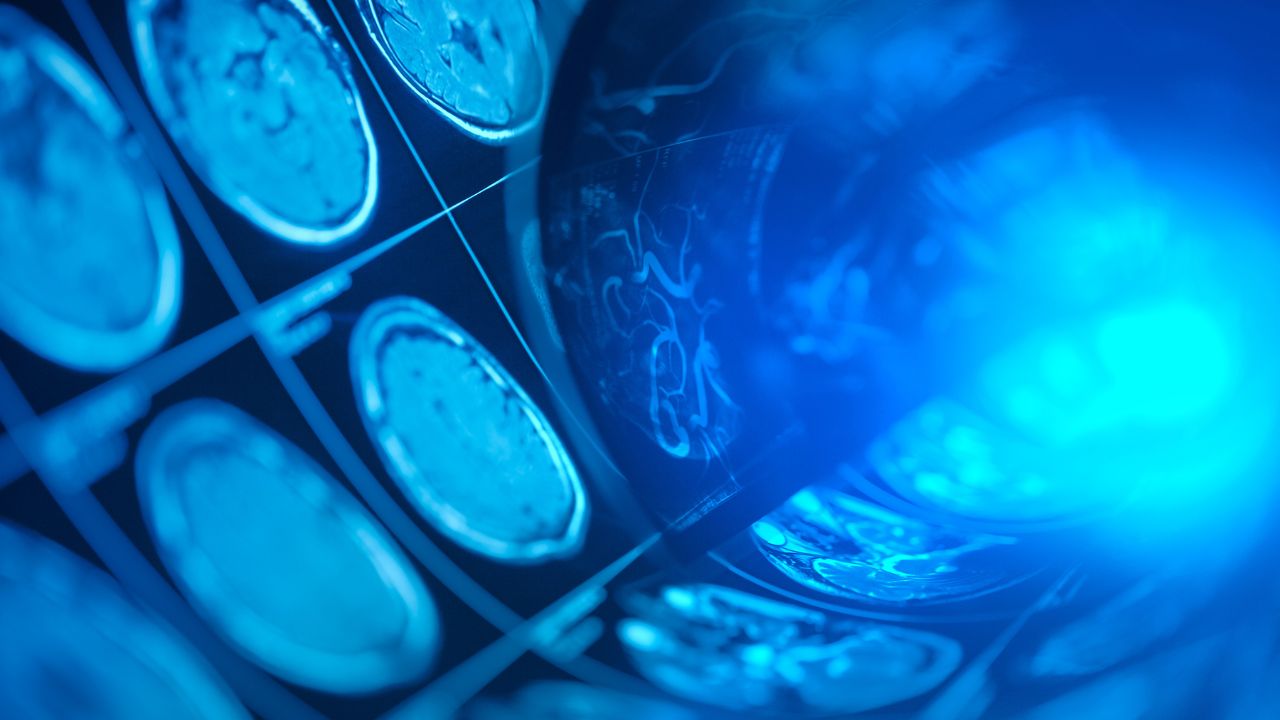As we welcome the new year, I wanted to take the opportunity to sit down with one of our clinical partners, Dr. Paul Parizel, Chairman of Imaging at University of Antwerp and former President of the European Society of Radiology, to better understand his perspective on where radiology currently stands, and where he sees the field heading in the year of 2019 and beyond. I’m happy to share with you an excerpt from our interview below.
What is your view on the current status of radiology?
I think it’s important to understand that radiology as far as I see it is at a crossroads. Since the 1970s and 80s, radiology has always been driven by technological improvements in equipment. The 70’s saw the birth of CT, the 80’s saw the birth of MRI, and ultrasounds also came of age in this period. So, the field of radiology has always been driven by new technology including better and faster machines, clearer images, higher signal to noise ratio, newer sequences, less radiation, and more.
But what we are seeing now in this first part of the 21st century is a complete shift, because radiology is moving away from simply acquiring and producing beautiful images to actually becoming an integral part of medicine.
How do you see radiology evolving in the future?
When we look at what has happened in the past and what’s happening now, we see that the demands on radiologists are ever increasing. Radiology is now the central, pivotal point in a hospital. There are virtually no patients, except maybe dermatology patients, that do not pass through the department of radiology.
There’s an increasing demand for more studies with more images, with more data, more tumor board meetings, multi-disciplinary meetings, and more decision making on radiology for more comparisons. On the other hand, we see that we’re facing a shrinkage in the available means and human resources. There are some countries in Europe, for example in the UK, where there’s a dire shortage of radiologists. Countries such as China, for example, have an emerging middle class that has access to high-quality medical care. We see that there’s an increasing demand on the system, and not enough radiologists to provide the services that the patients need. So, we’re facing a conundrum when we look at the future of radiology – on the one hand, increasing demand, on the other hand, a limited and even shrinking workforce. One way to solve that is through artificial intelligence and other software solutions.
How do you see artificial intelligence and radiologists working together in the future?
The introduction of AI in radiology has created a lot of unrest, and there are articles stating that this is the end of radiology and that there will be no more jobs for radiologists. For me, AI is like a navigation system in a car. It’s a system that helps the driver, informing them of traffic jams or alternative routes, but it does not take over the driver’s seat. It is a helping system. AI will not replace radiologists, it will take over a number of simple, repetitive, uninteresting tasks that radiologists currently have to invest their time in. And it will actually allow radiologists to free up more time for things that really matter, like being true consultants to their colleagues in the hospital or in inpatient/outpatient centers.
You’ve been using Aidoc’s solutions for some time now. Can you explain how they work and how they are implemented in your clinical workflow?
We have been using Aidoc for the detection of intracranial hemorrhages. The way it works is that we scan a brain of a patient, and the Aidoc software pre-scans the images and tries to detect if there are high-density lesions within the images. It then identifies these lesions and flags them for the radiologist. It helps them to draw their eye to the abnormality because sometimes you don’t see everything. Even if you’ve seen the abnormality, it’s reassuring to know that the second reader has also picked that up. So, it’s not only your opinion but also that of a second reader.
In addition, Aidoc is a powerful tool in helping us detect ALL of the abnormalities. There is an element in human psychology that is activated when a radiologist finds a lesion. It gives us an intense amount of satisfaction, it’s an “a-ha” moment – I’ve seen the lesion. Whereas if you look at a brain scan there is often more than one lesion. Aidoc is not detracted by the fact that if you find one thing, you’re happy. Aidoc lists all of the lesions and indicates them with arrows, and little suns and half-moons. (essentially all the symbols that we’re used to)
Do you think AI will bias the radiologist by indicating where abnormalities exist?
It’s the same if I go back to the driver in the car and the GPS system. Does the GPS system bias the driver? Perhaps, in some ways. For example, the GPS could tell me that if I want to drive from Antwerp to Brussels that I should not take the freeway because there’s been an accident, and there’s been a delay. I think that with experience a physician knows what is real, and what’s not real. Perhaps due to my experience, I’m not so worried about the issue of bias and I don’t feel pressured by that in any way. Sometimes the software could highlight the artifact, but it’s up to the radiologist to decide that this is not a real finding, in fact, this is an artifact. So, I understand the concern and I think it’s a concern that can be taken care of by experience and by having more knowledge.
You are specialized in Neuroradiology. Would you say that Aidoc’s approach has particular benefits for your specialty?
That’s an interesting point. And yes, I’m a Neuroradiologist and we see in this hospital quite a number of patients that come either from the emergency department or from neurosurgery or neurology. In Neuroradiology, and when you see brain scans, the decisions you make are very important, and if you miss something – it can be critical.
Yet, to err is human, and especially for an on-call radiologist who is called at 3 AM to look at the CT scan. It may be very easy to overlook a subtle finding – it could even happen to me. This is where Aidoc really comes in – it helps us to make those important decisions. Whether or not there is subarachnoid blood is an important element in the clinical decision being made. I’m convinced that AI is going to become very important in all elements of radiology. Historically, Neuroradiology has always been the starting point of innovations, and I think it’s the same with artificial intelligence.
You are one of the very first institutions both in Europe and even beyond to deploy AI in the clinical workflow. What brought you to take that step?
This is also a very interesting question. You may know that I have served as the President of the European Society of Radiology. We deal with the reality of radiology in a lot of European countries and countries outside of Europe. The political pressure on radiology everywhere is the same – increasing demand, a shrinking workforce, and the conundrum that we have to solve.
I’ve become convinced after seeing the same problem in so many European countries – that the only solution is to adopt more technology, and I think AI for radiology is a way to solve this conundrum. It’s very short-sighted to think that artificial intelligence is a competitor or is going to take away our jobs. I think the reverse is true – I think AI is the going to be the way that radiologists will be able to deal with the increasing amount of work and the increasing demand on their services. Artificial intelligence is essentially the first, really big thing to happen in the past 20-30 years in radiology. And I think it’s our best bet and our best hope for the future.
Dr. Paul Parizel is the Chairman of the Department of Radiology at the Antwerp University Hospital, and tenured full Professor of Radiology in the Faculty of Medicine and Health Sciences, University of Antwerp. He is also the former President of the European Society of Radiology.










